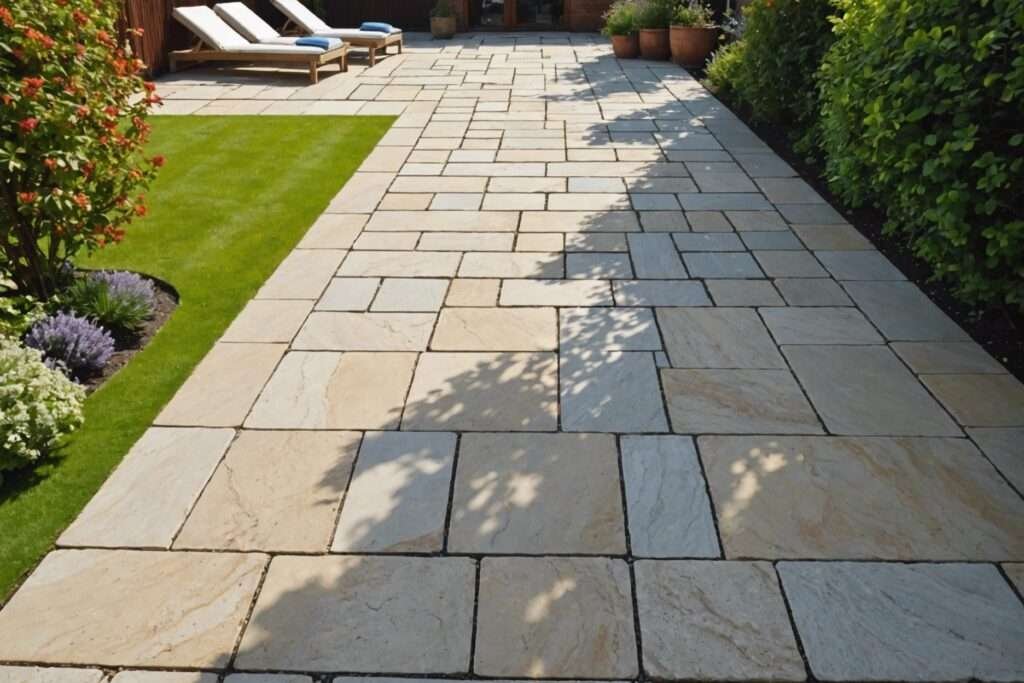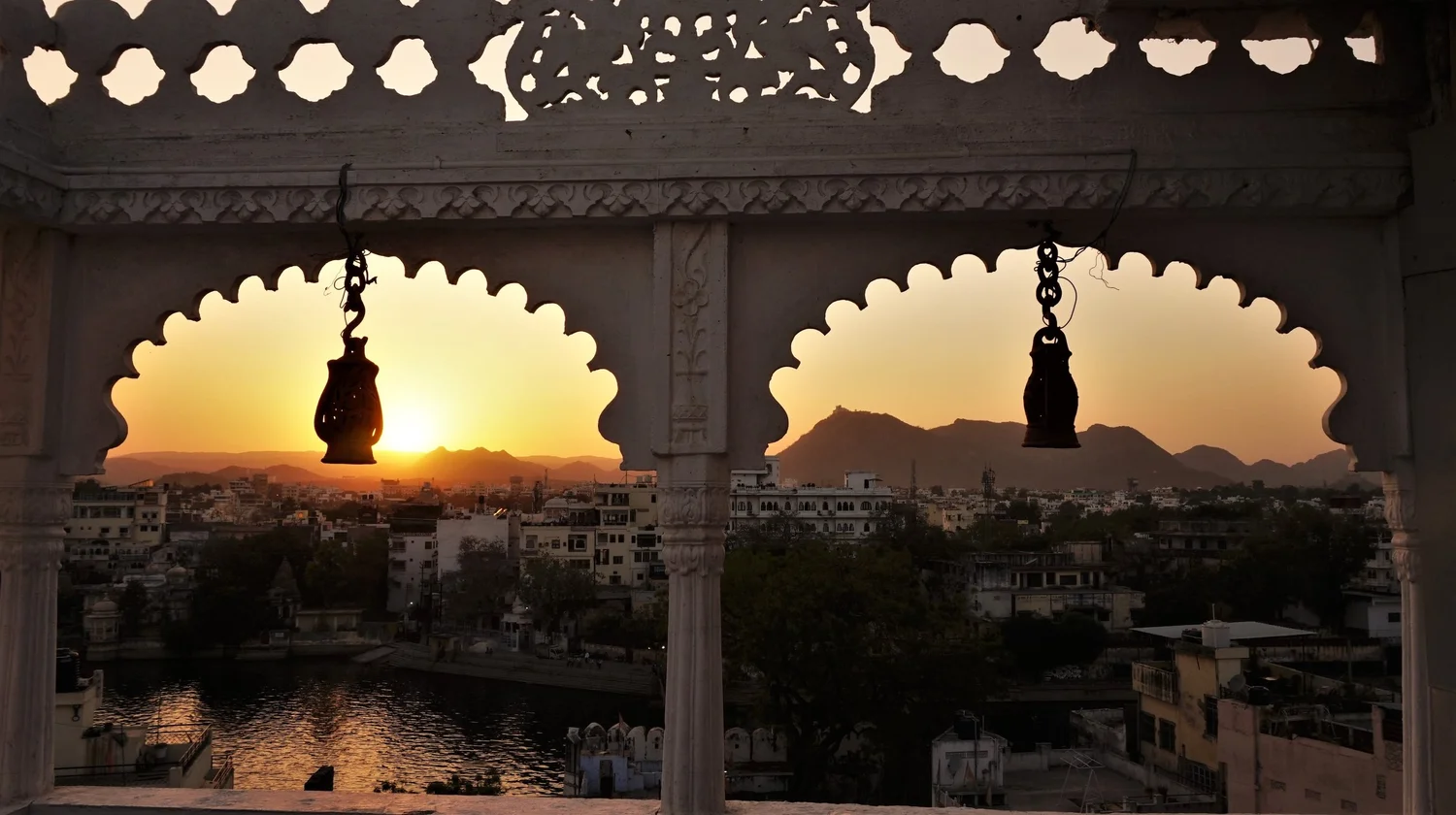Choosing the right stone for outdoor flooring can be challenging. Both granite and sandstone have stood the test of time in architecture, design, and landscaping, but each brings different strengths to the table. Whether you’re planning a garden pathway, a luxurious patio, or a poolside deck, understanding the properties of each material can help you make the right choice.
Why Outdoor Flooring Needs Careful Consideration
Outdoor flooring is constantly exposed to harsh weather, foot traffic, and seasonal shifts. This means the material you choose must withstand sunlight, rain, and temperature changes without losing its appeal or functionality. While aesthetics matter, factors such as durability, maintenance, slip resistance, and heat retention also play a key role. The long-term value of your space depends significantly on this foundational decision.
Granite: The Tough and Timeless Option
Granite is known for its unmatched durability and polished appearance. Its dense composition makes it highly resistant to scratches, stains, and weathering. This is one of the reasons why many architects prefer granite for high-traffic outdoor areas. If you’re looking for a Granite Supplier in India, you’ll find that it’s widely available in a variety of finishes and colors—ranging from jet black to soft greys and even pinkish hues.
Its non-porous nature makes granite a great option near pools or in monsoon-prone areas, where water exposure is frequent. Also, granite’s crystalline structure reflects sunlight, giving it a distinctive sparkle that enhances the overall aesthetic of outdoor designs.
Sandstone: The Naturally Warm and Versatile Choice
Sandstone, in contrast, exudes an earthy warmth and is widely chosen for its natural look. It comes in shades like beige, tan, brown, and red, making it ideal for traditional or rustic themes. As a Sandstone Supplier in India, you’ll find this stone is especially popular in heritage architecture and landscape designs that seek to mimic natural terrain.
Although softer than granite, sandstone holds up well in dry climates and lighter-traffic areas. It’s easier to shape, which allows for more creativity in patterns and custom designs. Its naturally rough surface also makes it slip-resistant, a significant benefit for outdoor applications.
Comparing Granite and Sandstone for Outdoor Use
When comparing the two stones, it’s important to assess their practical benefits for your space. Granite, being harder and less porous, demands less sealing and maintenance. It’s more resistant to fading and better suited for areas exposed to water or extreme use. However, it tends to retain more heat, which might not be ideal in very hot regions.
Sandstone, while slightly more porous, stays relatively cool underfoot. This makes it a better choice in hot and arid zones. But it does require regular sealing to prevent moisture penetration and potential staining over time.
Which Stone Offers Better Longevity?
If longevity and heavy-duty performance are your top priorities, granite generally comes out ahead. Its ability to withstand both physical wear and environmental stress makes it ideal for pathways, driveways, and patios that see consistent use.
Sandstone, while not as dense, holds up well with regular care and is preferred in artistic landscaping, garden edges, and shaded courtyards. If treated properly with sealants and cleaning routines, sandstone can also last decades without significant deterioration.
Visual Appeal and Styling Possibilities
In terms of appearance, both stones bring something unique. Granite suits modern, sleek, and high-end projects. It provides a contemporary look with uniform textures and refined finishes. Sandstone, on the other hand, adds charm and character to outdoor designs, with natural variations in tone and texture that blend seamlessly with greenery and classic decor.
Designers often use granite in projects where symmetry and polish are key, while sandstone is favored in organic layouts that reflect a softer, more relaxed aesthetic.
Maintenance and Upkeep: What to Expect
Granite is known for being low-maintenance. Its density and resistance to moisture mean you don’t need to reseal frequently. Occasional cleaning with mild soap and water is generally enough to maintain its look.
Sandstone, being more porous, requires a bit more attention. Regular sealing is important, especially in wet or humid environments. It also benefits from occasional brushing to prevent moss or mold buildup.
The Final Verdict: Granite or Sandstone?
Ultimately, the choice between granite and sandstone depends on your priorities. If you’re looking for a long-term investment that can handle intense weather and usage, granite is the preferred material. Its strength, polish, and minimal maintenance make it ideal for luxury spaces and public areas.
However, if your goal is to create a natural, welcoming atmosphere with a softer aesthetic, sandstone is a reliable and attractive alternative. With thoughtful design and proper care, it can deliver both charm and durability in the right setting.
Outdoor spaces deserve thoughtful material selection, and both granite and sandstone offer their own benefits. By understanding their core qualities, you can select the stone that not only enhances the look of your landscape but also aligns with your lifestyle and maintenance expectations.




